How to build a brand personality
Brand portrait photographer George DeLoache discusses how to build a brand personality for your photography business
• July 2019 issue
Regardless of industry, most people who provide a service struggle to stand out from the crowd. Almost every detail of a business can be copied—and often is—by someone else so one provider ends up looking like the next … and the next … and the next.
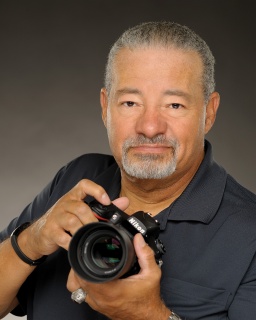
George DeLoache
George DeLoache, M.Photog., CPP, knows this reality all too well. Early in his career, he struggled to find a foothold in the photography industry. He was drowning in a sea of sameness, just another photographer plying his trade in the massive Los Angeles market with nothing to distinguish him from everyone else clicking a shutter for a living.
Then DeLoache realized that to thrive, he needed to specialize. In a large urban market like L.A., being a generalist wasn’t an effective business model. With plenty of photographers to choose from, consumers wanted a specialist for their specific needs. Why seek out someone who does a lot of things pretty well when you can hire someone who does the one or two things you need exceptionally well?
“You can’t be effective if you’re trying to be everything to everybody,” says DeLoache. “You have to specialize. You have to narrow down your marketing focus and be the expert in your niche.”
That’s well-established marketing wisdom. But differentiating yourself remains a challenge, even in a specialty niche. In many cases, consumers simply don’t know how to distinguish one option from another.
“That’s because we are all drowning in a sea of sameness,” says DeLoache. “Everyone comes off as the same, and all the consumer hears is blah, blah, blah. But there’s a way to set yourself apart from the competition: your personality. Your personality cannot be copied. And your brand personality is unique to you alone. Establishing a positive brand personality is the most important thing anyone can do to differentiate themselves in this sea of sameness.”
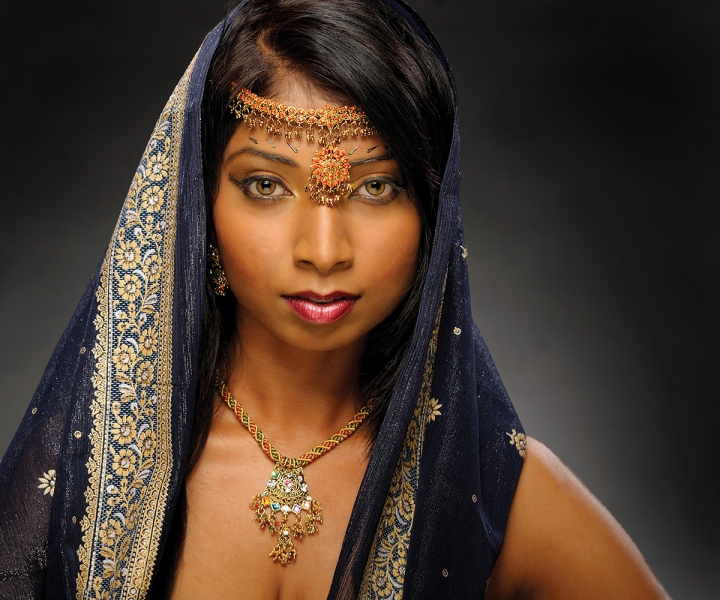
The key for DeLoache was letting his brand personality shine. Specifically, he carved out a niche helping clients express their brand personalities by specializing in insightful personal brand portraits for executives. Now, 30 years into the process, he’s one of L.A.’s most respected brand portrait photographers, not to mention an in-demand speaker at photography events, including an upcoming environmental portrait workshop at Georgia O’Keefe’s Ghost Ranch in September. Along the way, he’s accumulated a wealth of knowledge on personal branding that’s not only valuable for photographers creating brand portraits but also for photographers looking to improve the expression of their own brand.
Get some (brand) personality
Your brand personality is the way clients feel about you and your business. That brand personality helps you engage customers on an emotional level. When you can do this effectively, you have the edge because most people make purchase decisions on an emotional basis, then shore up those decisions with rationalization.
Things like your logo, your tagline, and your website form the building blocks of your brand, but nothing more effectively communicates your brand personality than your brand portrait. “This isn’t about making a pretty picture,” says DeLoache. “We’re here to create a promotional piece, and the client is the product.”
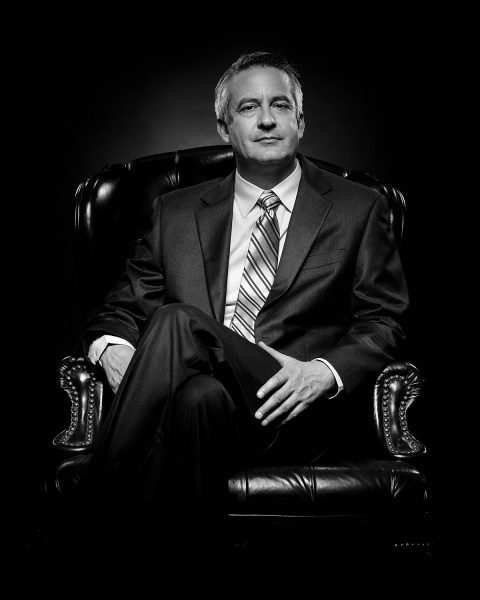
Begin with the end in mind
One of foundational principles of any good portrait, particularly a personal brand portrait, is to begin with the end result in mind. To do this effectively, you have to understand who your client is and what he or she is promoting. Then consider the audience that will be viewing the image and what will appeal to them. When you’ve understood these elements, you can begin to create the portrait.
Create an avatar
DeLoache likes to create avatars of his clients’ ideal customers. Like a marketing persona, these avatars are conceptual images of his clients’ target audience. He then uses these avatars to help guide the creation of the client portrait. What would appeal to the client’s customer? What characteristics are they looking for in the people with whom they do business? What will create a positive emotional connection?
For example, for his business, DeLoache focuses on executives. So he created an avatar of his perfect client, built from the realworld demographics of his best clients over the years. This avatar’s features include age, gender, income, education level, interests, hobbies, social outlets, and every other element DeLoache can reliably record. “With that avatar in mind, I craft my message and my visual communications,” he says. “I design everything specifically to appeal to that avatar.”
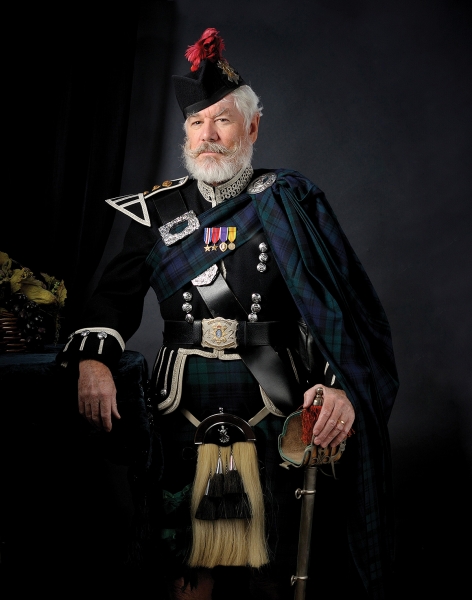
Appeal to the subliminal
Ultimately, a brand portrait should subliminally encourage people to contact the subject. “When most people see someone walking down the street, they form dozens of opinions about that person in a fraction of a second,” says DeLoache. “Humans are conditioned to act that way. So we need to portray the appropriate characteristics through those subliminal messages right away.”
For example, when someone looks at your brand portrait, you want them to form instant opinions that help them come to the conclusion that you’re the right provider for them. To advance this process, DeLoache leans on wardrobe, color, and demeanor as the most important elements. Background isn’t as critical unless you’re doing an environmental portrait that specifically ties the subject to a particular setting. Ultimately, the question photographers must ask about every element in the photo is, Does it support the story?
Build your own winning brand personality
The more winning brand portraits you create for clients, the better you should be at portraying your own positive brand personality. For photographers to build their own brands more effectively, they have to shift to a business-first approach, says DeLoache.
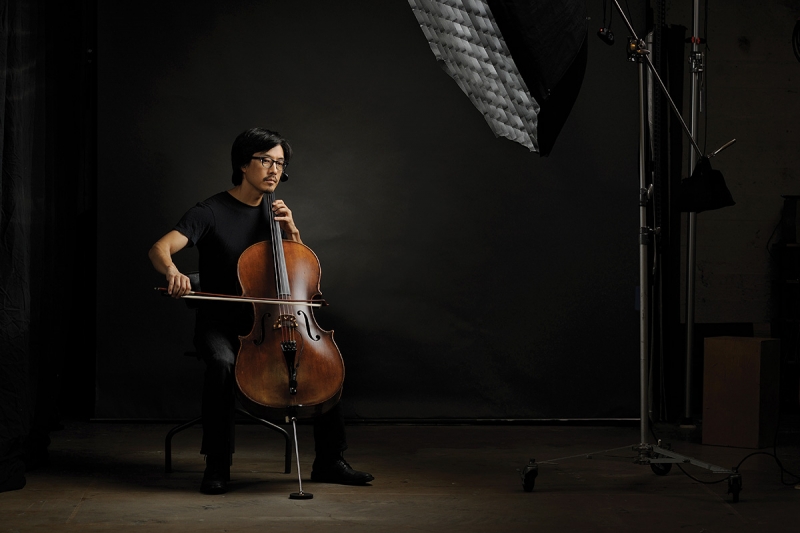
“For years, I struggled to make a living at photography because I saw myself as a photographer working a business. It wasn’t until I understood that I’m a businessman who sells a product [photography] that I started to experience more success.”
You need to understand your clients, what they need, and where to find them, adds DeLoache. You must understand your product and how to make it appeal to your audience. That means not only creating an effective brand portrait but communicating a cohesive brand identity in everything you do. Across all your materials, image selection needs to tightly focus on your avatar. Your communications should speak to that avatar as well. And the reason behind each new program or promotion should be to better identify with your target market.
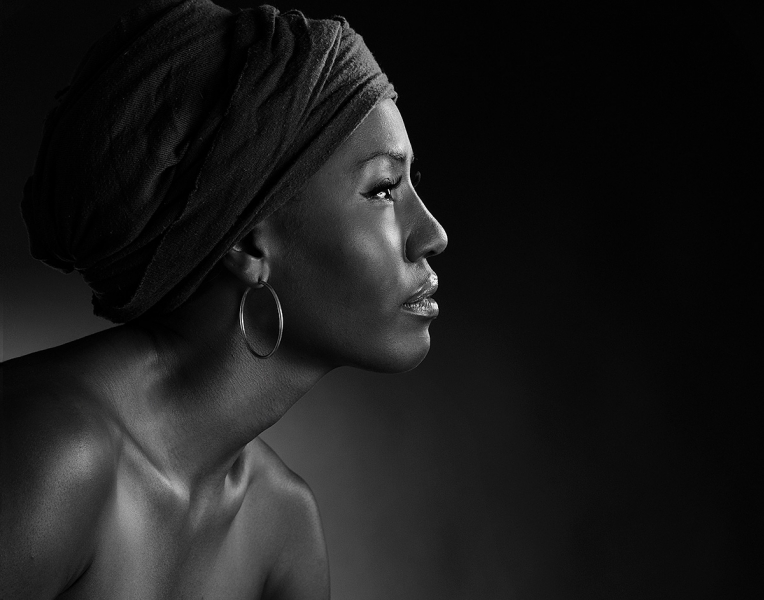
On your website, every image must be perfect, and every image must be targeted at your niche. Otherwise you’ll just confuse people. “Some photographers want to show a lot of imagery to show a breadth of experience in an area,” says DeLoache. “Not necessary. Better to put up five great images than 25 mediocre ones. Because while they may not remember your best image, they will always remember your worst image.”
Put the “you” in unique
At the end of it all, the only truly unique element in your service business is you. “When a prospective client visits your page and has a subconscious reaction to your image, their intuitive, emotional response is critical,” says DeLoache. “Either they feel confident that you can solve their problems or they dismiss you as someone that just doesn’t feel right. If they have a positive emotional response to your portrait and your brand personality, they’re likely to feel good about you, and they will rationalize everything else—your fees, your conditions, everything. When you can elicit that sort of reaction, then you are directing the process, and the results for your business improve dramatically.”
RELATED: See more George DeLoache brand portraits.
Jeff Kent is editor-at-large of Professional Photographer.
Tags: branding portrait photography

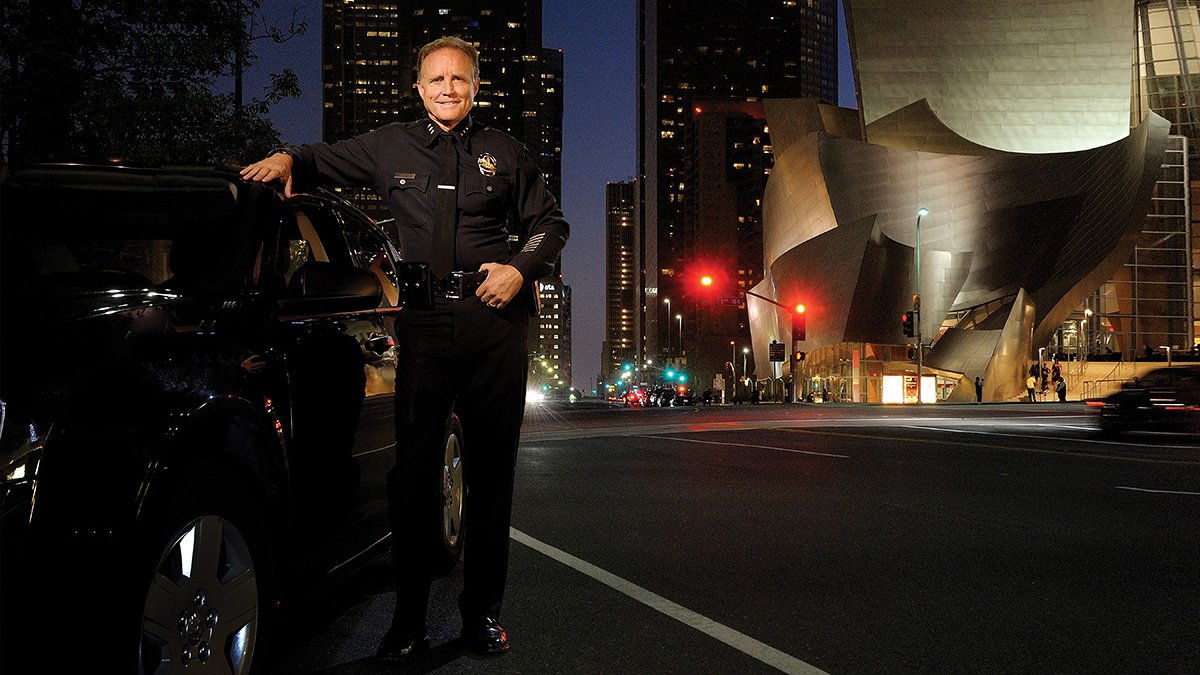
 View Gallery
View Gallery


